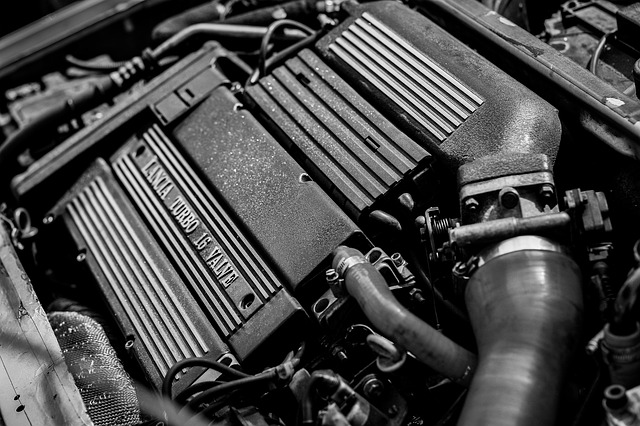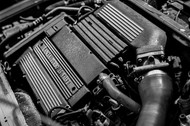Worm Gear vs Spring Hose Clamps: Which is Best for You?
1st Jul 2021

Hose clamps are a common component of nearly all vehicles. Regardless of what type of vehicle you drive, it probably has multiple hose clamps. Coolant hoses, for example, are typically connected to the radiator and engine -- or other parts inside of the engine bay -- via clamps. While all clamps are designed to create a leak-proof connection, though, they are available in different types. The two most common types of hose clamps include worm gear and spring. What's the difference between a worm gear clamp and spring clamp?
What Is a Worm Gear Clamp?
A worm gear clamp is a type of hose connector that consists of a ring-shaped piece of metal with a captive screw. You can change the diameter of a worm gear clamp's opening by turning the screw. Tightening the screw will result in a larger diameter, whereas loosening the screw will result in a smaller diameter.
To use a worm gear clamp, place it around the hose and then tighten the screw. As the diameter of the worm gear clamp becomes smaller, it will secure the hose in place. It's known as a "worm gear clamp" because it serves as a worm drive by pulling the ring-shaped metal around the hose.
What Is a Spring Clamp?
Also known as a constant-tension clamp, a spring clamp is a type of hose connector that acts as a spring. It's typically made of a single strip of spring steel. The spring steel is cut so that it has a tab on each end. In its default and normal state, spring clamps will create tension.
To use a spring clamp, you'll need to press the tabs together. Pressing the tabs together will enlarge the spring clamp's diameter. You can then place the spring clamp over the hose, followed by releasing the tabs. Upon releasing the tabs, the spring clamp will create tension that secures the hose in place.
Differences Between Spring and Worm Gear Clamps
Worm gear clamps and spring clamps can both secure hoses in place, and they can both prevent fluids from leaking out of the hoses with which they are used. With that said, worm gear and spring clamp are two entirely different types of hose connectors.
Many motorists prefer spring clamps over worm gear clamps. For starters, spring clamps usually last longer than their worm gear counterparts. They will always create tension as long as the tabs remain in their default state. With worm gear clamps, on the other hand, the screw may loosen over time, which may cause the hose to leak.
Worm gear clamps also have a risk of cutting into the hose. They feature sharp edges that, when exposed to a soft rubber hose, may cut into the hose. Spring clamps are made of spring steel, which doesn't have these same sharp edges.

